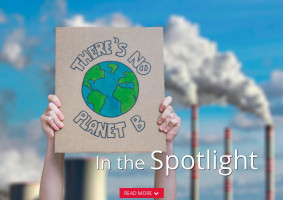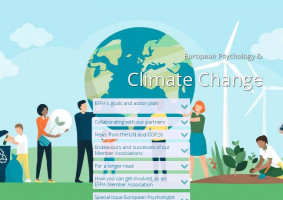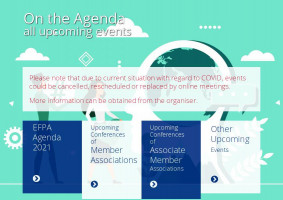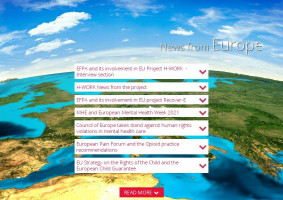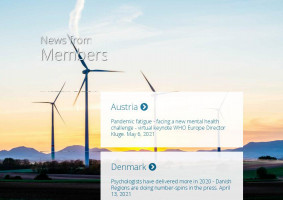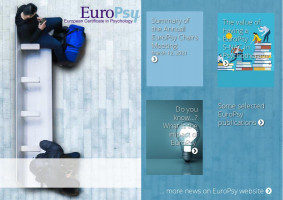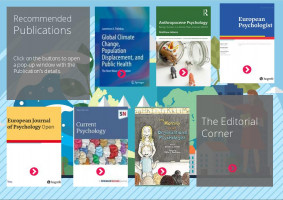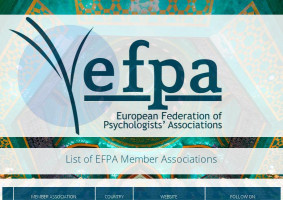Global Climate Change, Population Displacement, and Public Health - The Next Wave of Migration
Authors: Palinkas, Lawrence A.
Introduces a comprehensive approach to developing policies and practices designed to prevent, manage, and mitigate climate-related population displacement
This timely text examines the causes and consequences of population displacement related to climate change in the recent past, the present, and the near future. First and foremost, this book includes an examination of patterns of population displacement that have occurred or are currently underway. Second, the book introduces a three-tier framework for both understanding and responding to the public health impacts of climate-related population displacement. It illustrates the interrelations between impacts on the larger physical and social environment that precipitates and results from population displacement and the social and health impacts of climate-related migration. Third, the book contains first-hand accounts of climate-related population displacement and its consequences, in addition to reviews of demographic data and reviews of existing literature on the subject.
Topics explored among the chapters include:
- Hurricane Katrina and New Orleans
- Hurricane Maria and Puerto Rico
- The California Wildfires
- Fleeing Drought: The Great Migration to Europe
- Fleeing Flooding: Asia and the Pacific
- Fleeing Coastal Erosion: Kivalina and Isle de Jean Charles
Although the book is largely written from the perspective of a researcher, it reflects the perspectives of practitioners and policymakers on the need for developing policies, programs, and interventions to address the growing numbers of individuals, families, and communities that have been displaced as a result of short- and long-term environmental disasters. Global Climate Change, Population Displacement, and Public Health is a vital resource for an international audience of researchers, practitioners, and policymakers representing a variety of disciplines, including public health, public policy, social work, urban development, climate and environmental science, engineering, and medicine.
This ground-breaking book critically extends the psychological project, seeking to investigate the relations between human and more-than-human worlds against the backdrop of the Anthropocene by emphasising the significance of encounter, interaction and relationships.
Interdisciplinary environmental theorist Matthew Adams draws inspiration from a wealth of ideas emerging in human–animal studies, anthrozoology, multi-species ethnography and posthumanism, offering a framing of collective anthropogenic ecological crises to provocatively argue that the Anthropocene is also an invitation – to become conscious of the ways in which human and nonhuman are inextricably connected. Through a series of strange encounters between human and nonhuman worlds, Adams argues for the importance of cultivating attentiveness to the specific and situated ways in which the fates of multiple species are bound together in the Anthropocene. Throughout the book this argument is put into practice, incorporating everything from Pavlov’s dogs, broiler chickens, urban trees, grazing sheep and beached whales, to argue that the Anthropocene can be good to think with, conducive to a seeing ourselves and our place in the world with a renewed sense of connection, responsibility and love.
Building on developments in feminist and social theory, anthropology, ecopsychology, environmental psychology, (post)humanities, psychoanalysis and phenomenology, this is fascinating reading for academics and students in the field of critical psychology, environmental psychology, and human–animal studies.
Read review of this book by Tony Wainwright, on this page "Editorial Corner"

Volume 26, no.1 is now available online
Special Section: Soul, Spirit, and Consciousness in Psychology and Philosophy: Transitions, Current Views, Perspectives
Editorial
Original Articles and Reviews
Pictorial Scales in Research and Practice - A Review
Signifying Islamic Psychology as a Paradigm: A Decolonial Move
First Approach to Abused Children by Health and Educational Professionals - A Comprehensive Review
European Journal of Psychology Open (EJPO)
Volume 79, no.3-4 is now available online
Editorial
Original Communications
How Musicality, Cognition and Sensorimotor Skills Relate in Musically Untrained Children
Modeling Value-Based Decision-Making Policies Using Genetic Programming - A Proof-of-Concept Study
Coordination and Communication in Healthcare Action Teams - The Role of Expertise
Short Research Notes
Cognitive Reserve Mitigates Decline in Executive Functioning Following Hepatobiliary Diseases
Open Access
'Development and validation of the coaching-based leadership scale' -
Publication recommended by H-WORK*
Abstract:
Coaching-based leadership (CBL) is becoming increasingly popular in organizations because of its potential benefits for employees’ growth, well-being, and performance. For these reasons, valid and reliable assessment instruments of CBL are necessary.
Two related studies were conducted. Study 1 reports the development and validation of the CBL Scale (CBLS) with a sample of 706 employees and leaders from Spain and Latin American countries.
The final instrument consists of 16 items, distributed in four factors: working alliance, open communication, learning and development, and progress and results. The instrument offers adequate evidence of reliability and validity. Study 2 examines the relationships between CBL and work-related outcomes in a sample of 252 employees.
Results from structural equation modeling revealed that CBL is positively related to work engagement through the mediation of psychological capital and to in- and extra-role performance through work engagement. Findings help answer important questions about the value of CBL as a promising job resource that can positively impact well-being and performance in the workplace. Practical implications are discussed on the potential of CBLS to be used for assessment and training.
Buy artice PDF here
* Read news about EU funded project H-Work on the "News from Europe" section of this edition
My Mommy is an Organizational Psychologist
Story by Sevelyn J. Crosby
Illustrations by Blake A. Beckmann
The children's book we have created focuses on a child named Walter, whose mom is an organizational psychologist. It is career day at Walter’s school, and he is nervous because he, like most people, has no idea what his mother does.
Through this simple story we use relatable examples and engaging illustrations to communicate what an organizational psychologist does to audiences of all ages.
The Editorial Corner
The inextricable connection between the human and the non-human
How should psychologists respond to the way human beings are changing the climate and our ecosystems? There is a lot happening on the psychology and climate change front, and not before time. Anthropocene Psychology is a deep dive into the ways in which human beings have changed both the world and themselves psychologically over time, exploring what Adams calls the ‘invitation’ that the Anthropocene gives us to better understand the inextricable connection between the human and non-human.
I have lived alongside animals for many years – currently cats, chickens, geese and other poultry. The book looks at life from their perspective, describing how we objectify non-human animals on an enormous scale in the way we live today. Adams says this defines the Anthropocene and the very worst things that human beings can do to animals – in the same process that is at work when we dehumanise other humans.
The book foregrounds the morally complex and challenging relationship we have with animals and our environment. It covers our relationship with dogs, chickens, and sheep, then extends to our relationship with other species and places. Later, Adams focusses on how indigenous feminist ideas enrich our understanding. Adams writes beautifully and clearly feels very passionate about this topic.
Our objectification of dogs, chickens and sheep is unveiled, and Adams describes the ‘animal turn’, where we consider the animal’s point of view. This radically different perspective helps us fully appreciate that human beings are part of the natural world, and will help us understand how to change our exploitation of it. It is not an easy read. Adams gets us to really try and see what Pavlov’s experiments on dogs, from which classical conditioning was derived, would have been like for the dogs (see much more on this in Adams’ piece in The Psychologist). Some of Pavlov’s less well publicised work includes ‘breaking’ dogs by alternating shocks and rewards. Such experiments would be considered unethical today of course, but it underlines what our relationship has been.
And this is just the start of Adams’ work on our frame of reference. Next we take the ‘animal turn’ for chickens and explore the ‘meat paradox’, which describes the discomfort many who eat meat feel about how the animal became meat. The numbers involved are extraordinary. For example, in 2016 alone, 66 billion chickens were killed. What are we to make of such numbers from the animal’s point of view? Even from our own perspective, it is difficult to comprehend. Paul Slovic’s work on the arithmetic of compassion helps explain why this is so. Adams balances some of the awful realities with an account of the experience of volunteer shepherds or Lookerers. In this lovely section of the book, he tells what he has learned of the relationship between those caring for the sheep and the sheep themselves.
I emerged from reading this extraordinary book with many new ideas. I am sure I will be going back over the tapestry of timely and interesting themes in Anthropocene Psychology.
_w596_h356_1.png)
_w544_h554_1.png)
_w510_h806_1.jpg)


